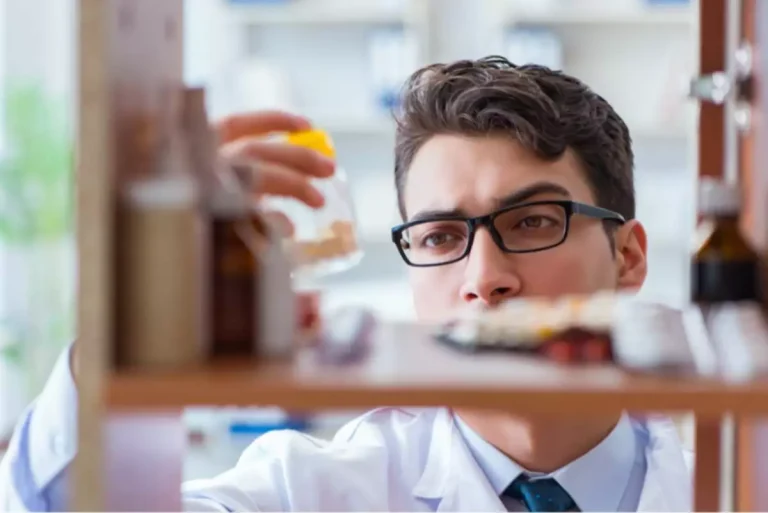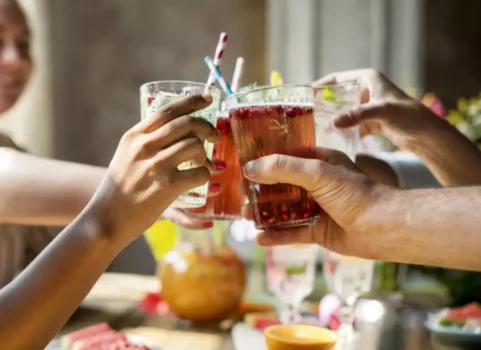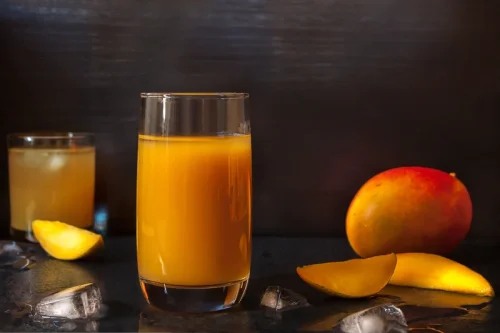Cannabinoid Hyperemesis Syndrome CHS: Causes, Symptoms, Treatment

Due to its widely known antiemetic properties, people who develop CHS will often increase the amount of cannabis they consume in hopes that it will cure the nausea, but it never helps. It goes to show how little we know about not only about the body, but also about the interaction between cannabis and cannabinoid receptors. One doctor reported using injectable lorazepam to help control nausea and vomiting symptoms in an adult. Within 10 minutes, nausea and vomiting stopped, and the person no longer felt abdominal pain. Given the relatively new recognition of CHS as a clinical syndrome, diagnosis and treatment practices vary widely. Many authors have proposed diagnostic criteria (see Table Table7),7), but it is unclear if these criteria consistently capture patients with the diagnosis.

The Effects of Cannabinoids in the Brain
Supportive care in the form of intravenous hydration and anti-emetics may be necessary secondary to profound dehydration and acute renal failure. Very limited evidence suggests that dopamine antagonist medications and the application of capsaicin cream to the abdomen may be helpful strategies to manage acute symptoms. Though there is not any direct evidence, avoidance of narcotic pain medication may be useful due to the possibility of worsening symptoms and creating dependence.
Cannabinoid Hyperemesis Syndrome (CHS): Causes, Symptoms, Treatment
Venkatesan et al have proposed a new criterion for CHS with the use of clinical features, cannabis use patterns including duration and frequency, and symptoms resolution after at least 6 months of cessation [48]. However, questions remain about the dosage of cannabis, individual and genetic susceptibility, abstinence period and the inclusion of abdominal cannabinoid hyperemesis syndrome pain as a criterion. The clinical effects of volume depletion dominate complications related to CHS. Reports of severe volume depletion resulting in acute kidney injury and severe electrolyte disturbances with rhabdomyolysis have been reported in the literature [49]. Severe and persistent vomiting can also lead to Mallory-Weiss tear [47].
- Some individuals, for instance, also admitted to smoking 2000 mg of THC per day.
- The mechanism by which cannabis induces hyperemesis is presently unknown.
- Researchers are trying to understand why some people develop it and others don’t.
- The only way to end CHS symptoms is to completely stop using all marijuana products.
- Even cannabis products that don’t contain THC have the potential to cause or worsen CHS.
- Since the only treatment is the removal of the offending agent, accurate diagnosis is the only portal to actual management.
Why might CHS be on the rise?
As more states legalize cannabis, more people are learning whether cannabis is right for them. It tends to affect people who use cannabis at least once a week and happens more often in adults who’ve been using cannabis since their adolescent years.
What is cannabinoid hyperemesis syndrome? Here’s what to know, and why experts say it’s on the rise
Cannabinoids discovered in the cannabis plant with known effects on the regulation of emesis include tetrahydrocannabinol, cannabidiol, and cannabigerol. While it is possible to return to feeling normal during the recovery phase, research indicates that symptoms recur if cannabis use resumes. The only way to stop CHS and its symptoms is to completely quit using cannabis. Most people who quit using cannabis experience no more CHS symptoms within 10 days, but sometimes it may take weeks or months for symptoms to stop. Symptoms of CHS likely won’t return if you’ve completely stopped using cannabis.

Cannabinoid Hyperemesis Syndrome Diagnosis
It’s important to be honest about your marijuana use if you have symptoms of CHS. Without knowing this background, providers often misdiagnose CHS as other conditions, like cyclic vomiting syndrome (CVS). Cannabinoids are compounds in the Cannabis sativa plant that bind to cannabinoid receptors in your brain, spinal cord, gastrointestinal tract and other body tissues. Examples of cannabinoids include tetrahydrocannabinol (THC) and cannabidiol (CBD). A lack of long-term follow-up is also a major shortcoming in our knowledge of CHS. The majority of reported cases that have provided follow-up included a period of less than one year [6,52,54,56–60,62,68,71].
As more states make recreational use of cannabis legal, it is thought that this problem will become more common. At low doses, the effect of cannabis on your brain can have an antiemetic effect that suppresses nausea and vomiting. However, with repeated use in some people, it can have the opposite effect on the digestive tract. This results in the persistent vomiting and nausea characteristic of CHS.

No clinical guidelines exist, so they must rely on published case reports to treat people with CHS. The only treatments available to people with CHS are those that restore hydration and help control nausea and vomiting. Results from these case studies suggest that lorazepam might be an effective drug to control symptoms during the hyperemesis stage.
- If you have symptoms, your doctor will do a physical exam and ask for your detailed medical history.
- Certain therapies, such as taking hot showers or using prescription medications, may help relieve symptoms.
- Rimonabant, a CB1 antagonist, blocks the appetite stimulating qualities of the cannabinoids in the hypothalamus and has been marketed for the treatment of obesity and metabolic dysfunction [34].
- Symptoms of withdrawal can include disrupted sleep, increased heart rate, sweating, irritability and mood swings, according to the Centers for Disease Control and Prevention.
- The best and only way to prevent or reduce your risk for CHS is to avoid or quit marijuana use.










